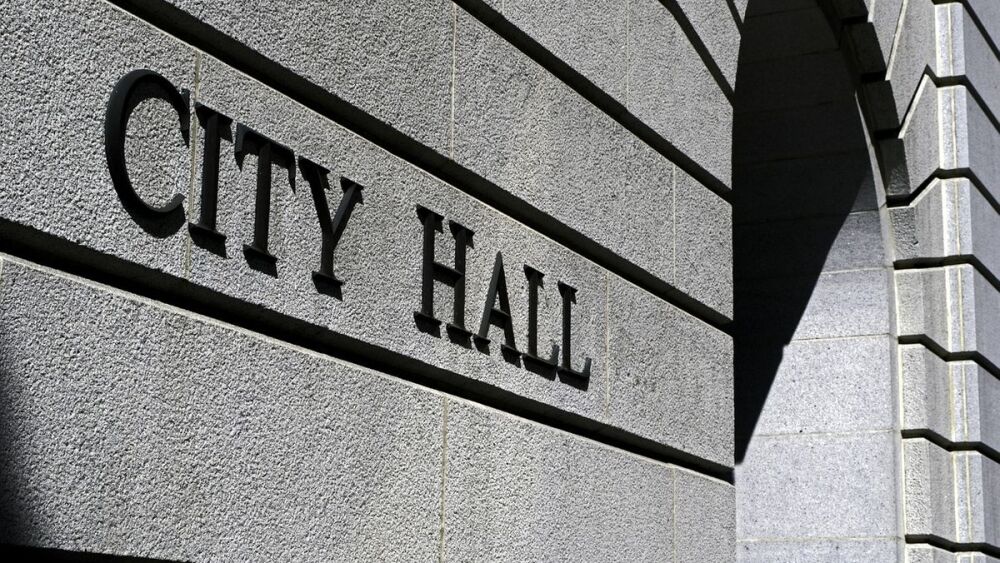By Audrey Singer, Nicole Prchal Svajlenka and Jill H. Wilson
The June 2012 executive action announced by the Obama administration to provide temporary protection from deportation for unauthorized immigrants who arrived as children has required a host of civil society and government actors to implement.
Deferred Action for Childhood Arrivals (DACA) offers work authorization in addition to two-year protection from deportation for unauthorized immigrants under age 31 who arrived in the United States before their 16th birthday and before June 16, 2007. The relevance of this program is significant in light of the November 2014 announcement of the expansion of the program to three years for unauthorized immigrants of any age who arrived before their 16th birthday and before 2010. In addition, a new deferred executive action program, known as DAPA, for unauthorized immigrants who are parents of U.S. citizens or legal permanent residents was also introduced. The DACA expansion and implementation of DAPA have been suspended by a federal court.
This study examines the implementation of DACA to understand application activity among young immigrants who are eligible for the program. It uses data from the United States Citizenship and Immigration Services agency (USCIS) and draws on interviews with immigrant service providers, advocates, and local governments in eight metropolitan areas (Boston, Chicago, Charlotte, Houston, Los Angeles, New York, Phoenix, and San Francisco). It finds:
Although DACA is a federal program, it requires civil society intermediaries and state and local governments for implementation. Nothing in the executive action gave an explicit role or funding to intermediaries, but they ramped up services quickly. In the initial months of the program, hundreds of thousands of people applied, and civic and immigrant support organizations, state and local governments, and foreign governments responded to requests for information and assistance, documentation to prove identity and continuous residence in the U.S., and legal advice. The federal government provided information about the program and reviewed and adjudicated applications, but it must rely on this range of intermediaries to ensure the program’s success.
Read full coverage here.


